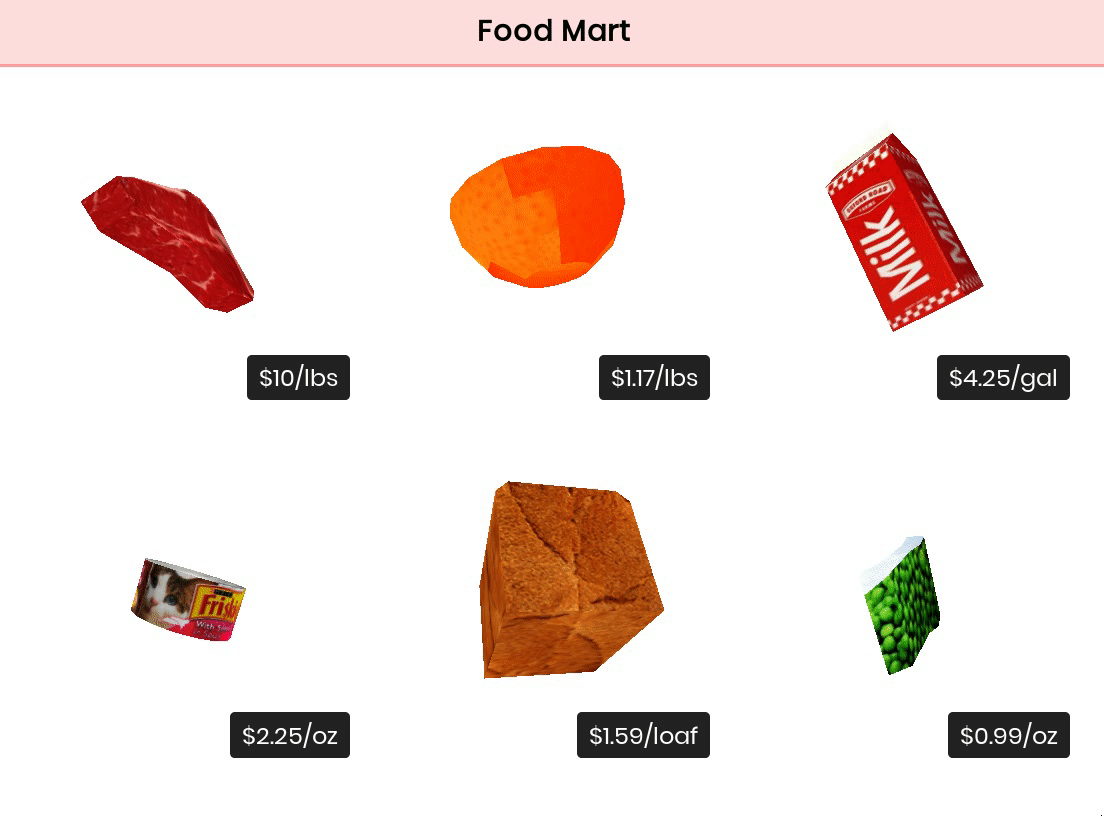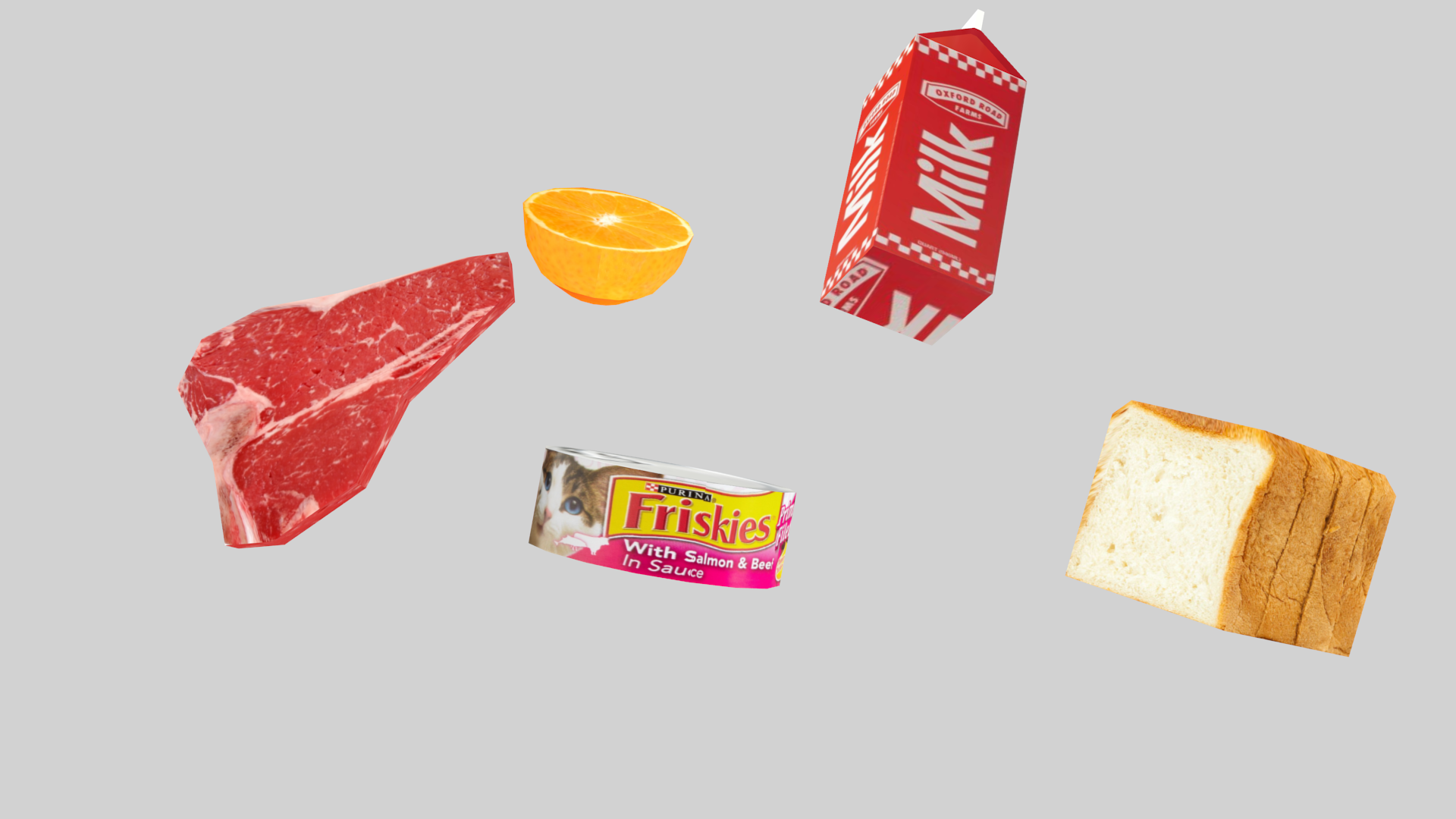7x7 Cutting Room Floor
I was fortunate enough to participate in this year’s edition of Rhizome’s Seven on Seven with Sean Raspet. The event pairs an artist and a technologist and gives some limited time for the pair to come up with and implement a concept or project. In previous editions pairs only had a day or so; this time we had about a month.
It was enough time to churn through several ideas that never made it to the final presentation. We landed on producing a white paper proposing leveraging blockchain-based distributed computing to collectively simulate a complete human cell at the atomic level, starting with something relatively simple like a red blood cell. A human cell might have hundreds of trillions of atoms and so simulating one at the atomic resolution is basically infeasible with existing computational resources. But it is more feasible now than it was maybe a decade ago.
Through our research we came across some staggering statistics about the computing power of the Bitcoin network, namely that it is estimated to have an aggregate computing power of 80.7 zettaFLOPS (80.7 million petaFLOPS) as of May 2018. The world’s reigning supercomputer, the Sunway TaihuLight, has a theoretical peak of 125 petaFLOPS. The Folding@Home network, which enables people to donate spare computing power for protein folding simulations, had an aggregate power of about 100 petaFLOPS in January 2018. Not bad for a volunteer distributed network, but still far off from the Bitcoin network. There are more details in the white paper, but those numbers stuck out.
Anyways, we went through a few ideas before we landed on this white paper. Our first focus was on the phosphorus commodity market in relationship to “peak phosphorus”. This was something Sean had been researching for some time now, and for the past few months I’ve been poking around the agri-tech scene, so I was naturally drawn to it as a topic. The gist is that phosphorus is a mineral crucial to agriculture, a key component in fertilizers (along with nitrogen and potassium; the history of nitrogen fertilizer is very interesting and troubling one), and is basically a non-renewable resource (some can be recovered from waste but I’m not sure what percentage of it is recoverable). At some point in the relatively near future phosphorus extraction may become too expensive or difficult and that could lead to some serious food security crises. So we were thinking of various ways to represent this issue. Here are a few ideas we played around with.
Global phosphorus simulation
Phosphorus, like any resource-extractive industry, is global. We wanted to be able to convey geopolitical issues like Morocco’s occupation of Western Sahara, which is where Morocco mines its phosphorus. The most straightforward way to do something like that is a 4X-style global simulation, so we played around with that first.
I designed a little framework for laying out a hex-based map (similar to the cartog library I created for my Simulation & Cybernetics class, but I wanted to support 3D):
That’s about as far as we got in terms of implementation. But the general idea was that we’d model the dynamics of the global phosphorus market, with some shocks and random events, and projections of changes in relevant indicators like growth rates, meat consumption rates, and so on. And somehow you’d see these effects on this map and through changes in the price of commodity phosphorus.
I didn’t want this hex map to be the only “output” of the simulation. We wanted to show that the macro-level dynamics of the phosphorus market are intimately connected to the health of individual plants, and so I wanted to setup an automated growing system as a more material visualization. The system would be hydroponic or aeroponic, with a phosphorus nutrient pump that releases more or less phosphorus depending on its simulated price. As peak phosphorus approaches, the plant’s health starts to deteriorate as it manifests symptoms of phosphorus deficiency. There were a few issues here, namely that 1) it’s a pretty big task to set up such a growing system, and 2) the changes in the plant’s health would happen over long time scales relative to the simulation (e.g. one simulation year might run in one real minute, and the impacts on the plant’s health might not be visible for a few real days).
A build on this idea we considered is that we’d reserve some set amount of funds for the plant, and it would actually have to “purchase” phosphorus from the nutrient reservoir on its own.
Commodity traders vs food consumers
For awhile I’ve wanted to make an asymmetric game which consists of two separate games that are at first glance unrelated. For example, on one side of the room is a relatively innocuous-looking life simulator game where you have to e.g. buy a house and care for your family. On the other side of the room is a stock market game where you just try to earn the highest return on your investments. What isn’t apparent at first is that the actions of the player in the stock market game directly affect how difficult the life-simulator game is, for example, by triggering financial crises or affecting house prices.
We briefly considered doing something along these lines. The idea was that when we presented, we’d direct audience members to a website where they could join our phosphorus game. Some audience members would be redirected to the “commodity trader” version of the game, while others would instead be redirected to the “food consumer” version.
The commodity trader game is basically same as the stock market game, except just for phosphorus trading.
The food consumer game is built around a “basket”, like a simplified version of a consumer price index focused on products especially affected by phosphorus prices. As a player you’d have some nutritional requirements to meet or some other purchasing obligations and some weekly budget with which to buy food. We didn’t really get far enough to thoroughly think through the mechanics.
I did have a really fun time modeling the food:
Plant care Tamagotchi
Riffing off the plant-as-visualization idea, we also toyed around with the idea of some kind of plant-tamagotchi. You’d have to manage its water and phosphorus needs by doing some sort of trading or other gameplay. I can’t really remember how far we got with the design.
I did enjoy making this wilting animation though:
Physics-based food thing
I honestly can’t remember what the concept was for this. The most I can recall is that we discussed a system where you could rapidly click on some food or raw material objects to create derivative objects (such as beef and milk from a cow) and that somehow we’d connect that to the relative use of phosphorus in these products. For example, a cow requires a lot of feed which requires a lot of phosphorus, which results in a less efficient phosphorus-to-calorie ratio than if you had just eaten the feed grains yourself. I think I was really just excited about making something physics-based.

I’ll definitely use this again for a different project.









